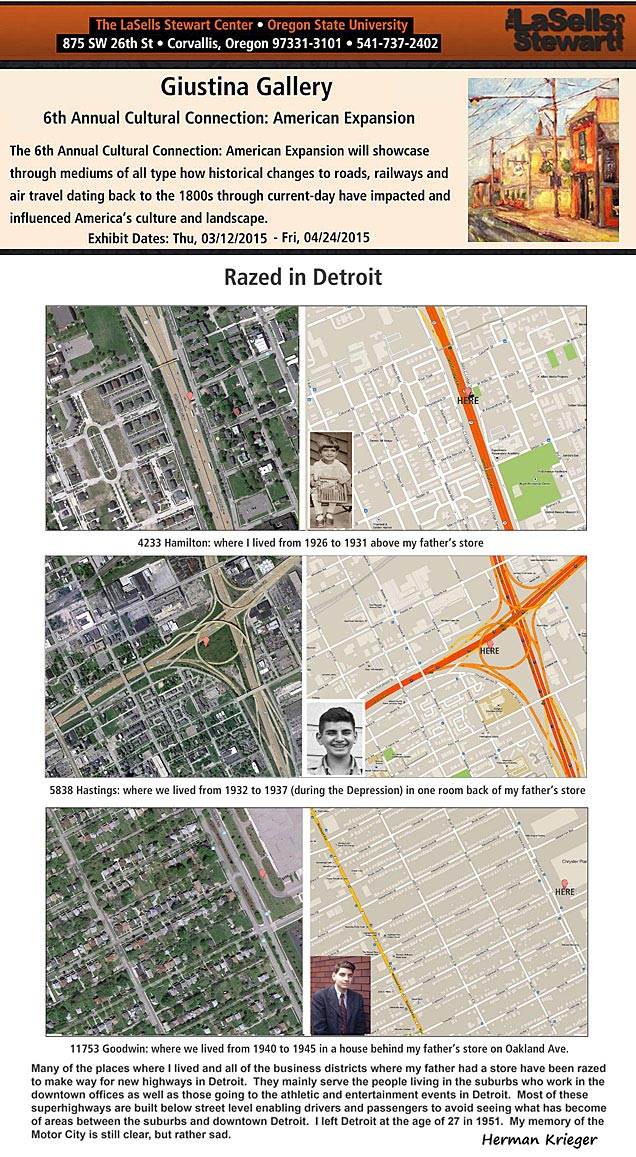
The houses in Detroit, in which I lived, are all gone.
They have either been razed or covered over by a highway.

4233 Hamilton, 1926-1931
We lived above my father's store.
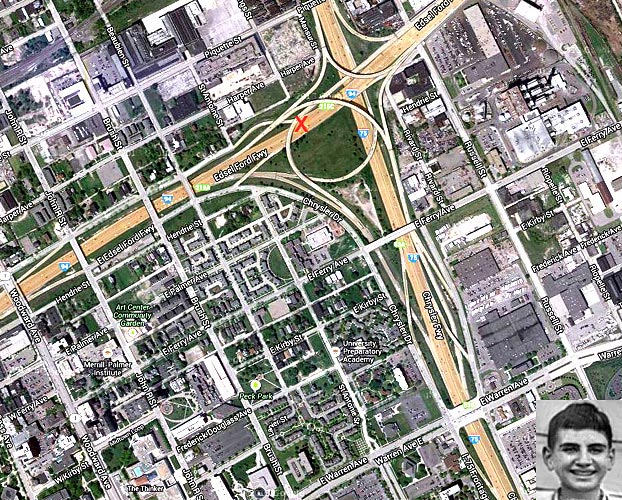
5838 Hastings, 1931-1936; School: Balch Elementary
We lived in one room in the back of my father's store.
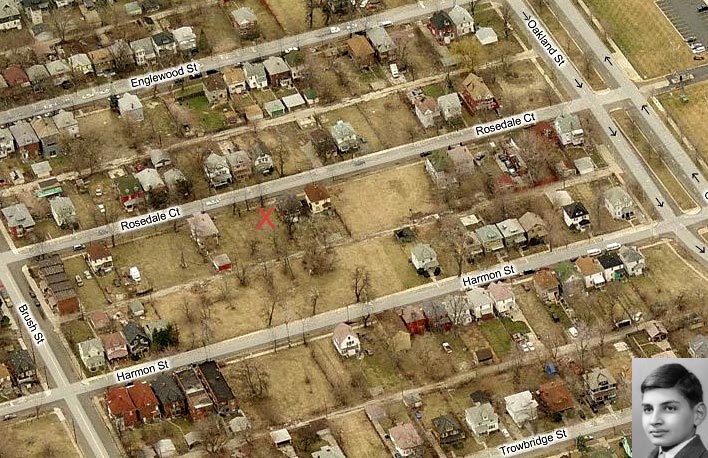
558 Rosedale Ct., 1937-1940; School: Dwyer Elementary, and Hutchins Intermediate
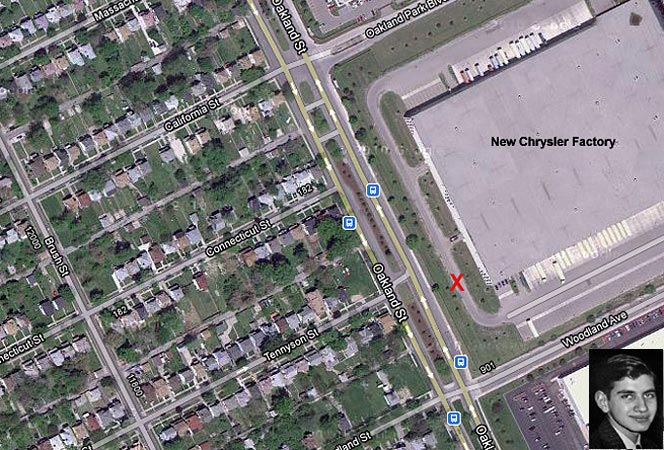
11753 Goodwin, 1940-1944; School: Highland Park High
The stores on Oakland St., including my father's, are now gone.
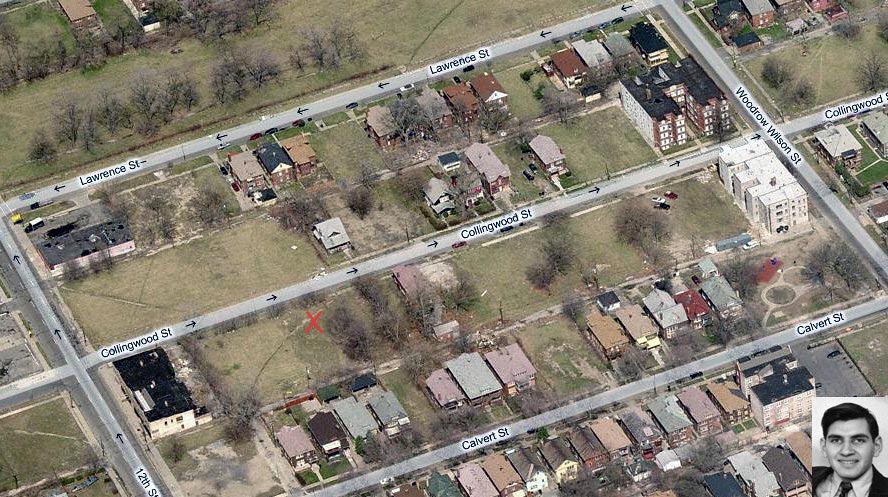
1653 Collingwood, 1946-1950; School: Wayne University
Other Places in Detroit, Before and Later
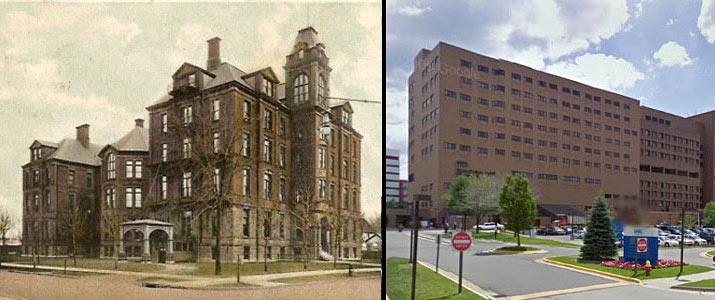
Grace Hospital (now Grace Sinai Hospital)
I was born 1926 in Grace Hospital, shortly before Houdini died there.

Lobby of the Farwell Building
My father, in semi-retirement, had the cigar and candy stand next to the stairway.


Vernor's was on Woodward near the Detroit River. The area is now occupied by the Hart Plaza
We had chocolate cream ginger ale at Vernor's before taking an excursion boat to Bob-lo Island.

Convention Hall, the home of the annual auto show, was replaced by the Vernor's plant,
which in turn was replace by appartment buildings. During a visit to Detroit in the 1970s,
I arranged to import and sell Vernor's in Holland, but it didn't suit the Dutch taste.
Vernor's Ginger Ale didn't tasted the same as I remembered growing up in Detroit.

Hutchins Intermediate School
Rather than Latin, I took Machine Shop. A classmate in machine
shop was Seymour Tuchow, who became the actor Michael Tolan.

Fromm's (hardware, sporting, and photo) on Woodward Ave. in Highland Park
I worked at the photo counter here in 1942, after school and on Saturdays.

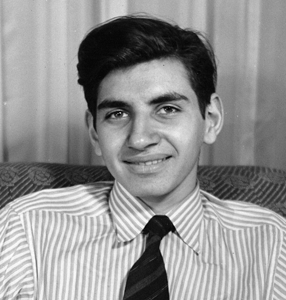
Detroit City Airport: The gas tank at the runway intersection is gone. I learned to fly in 1943, then
I bought a 10% share in a Taylorcraft. I would fly weekdays after work. The others, engineers from
Packard, flew on the week-ends. I remember the delicious cherry pie ala mode at the airport
coffee shop. The renaming of Detroit City Airport to the Coleman A. Young Airport was a bad omen.
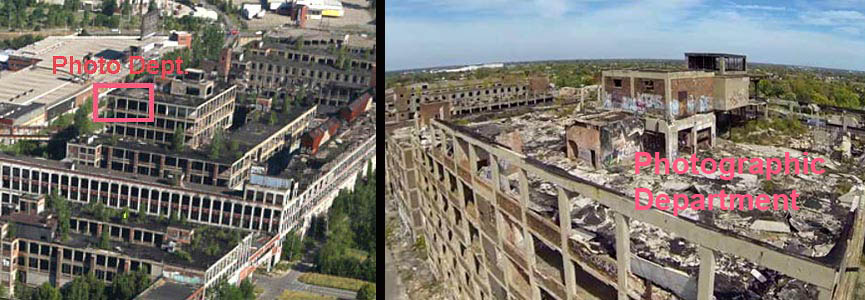
The Photo Department of Packard Motor Car Co., where I worked during 1943-44,
and the same building, with the roof removed, in the ruins of the Packard plant.
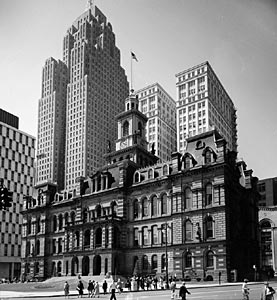
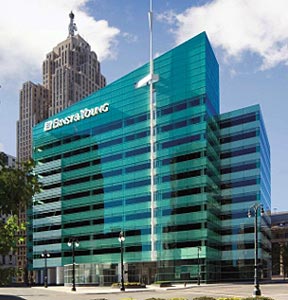
The old City Hall was replaced by the Ernst & Young Building.
A sign of the spiritual decay of Detroit
In the background is the Penobscot Building. Here was located
the Detroit Jewish News, where I was a freelance photographer.

Webster Hall, Student Dorm at Wayne University
I lived here in 1949 while attending Wayne Univ., 1948-51.
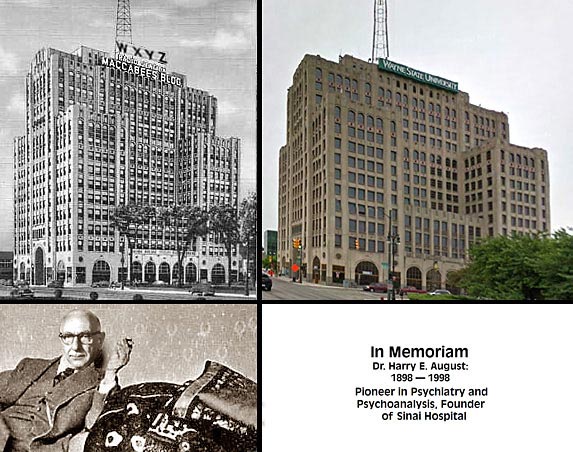
The Maccabees Building is now the Detroit School Center.
The Lone Ranger program originated from the WXYZ radio station.
It was the building where Dr. Harry August had his office and couch.
From 1946 to 1948, I would see Dr. August three times a week there.
(Was it Sigmoid Freud, who made a study of the anal personality?)
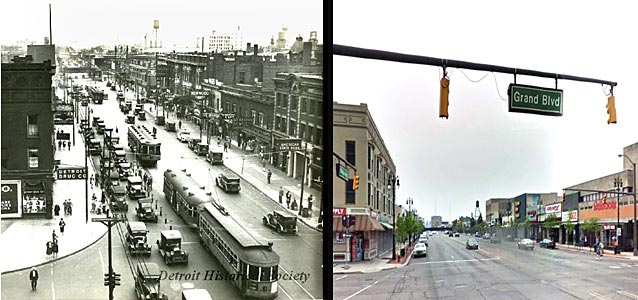
Woodward Ave. looking South from Grand Blvd.
As a boy in the mid 1930s, I would wander in and out
of the shops in the area selling Liberty magazines.

Bill Kofender and I had a photo studio In the building on Woodward and W. Elizabeth.
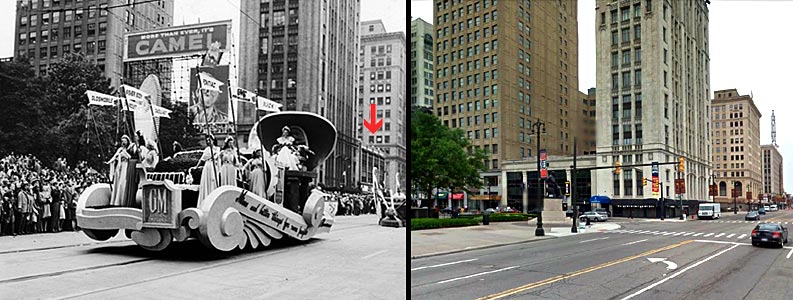
For the Golden Jubilee Parade in 1946, Woodward Ave. was painted gold. At that
time I had the job of photographing every antique auto exhibited at Convention Hall.

Woodward Ave. at Vernor Hwy.
In 1949-50. Joe Weinman and I had our photo lab in the Donovan Building. Here I
printed the photos we made of children sitting on a pony. Summers we would walk
up and down streets in Detroit with the pony. We carried the pony in the back of
Joe's 1936 Chevy sedan. In the Spring we took photos of children from dancing
schools in their costumes during the dress rehearsals of their annual recitals.
Later the Donovan Building became the headquarters for Motown.
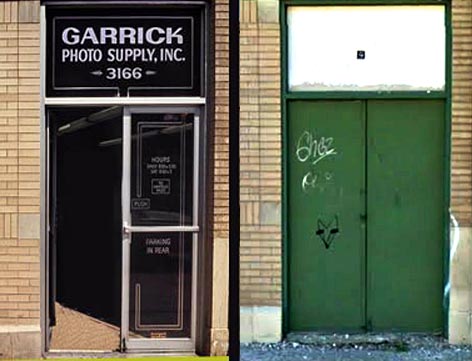
We would buy our photo supplies at Garrick's.
The building, on Cass Ave., is now a garage.
Sam Garrick started with a camera store on
W. Lafayette, across from the federal building,
where he took passport ID photos,
and where I bought my first Leica camera.

My last contact with Detroit was Bernie Katz, a friend, despite my tin ear, since childhood.
Our music teacher in elementary school, Miss DiMarco, taught Bernie to read music. She
also forbid me from joining the class in singing, as my out of tune voice disrupted the class.
I left Detroit in 1951 when it was a dynamic city. Perhaps I will yet see a revival of Detroit.
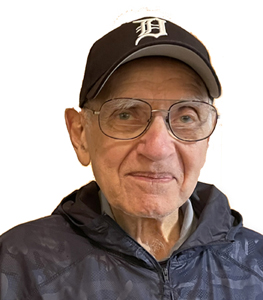
Bio

Home
